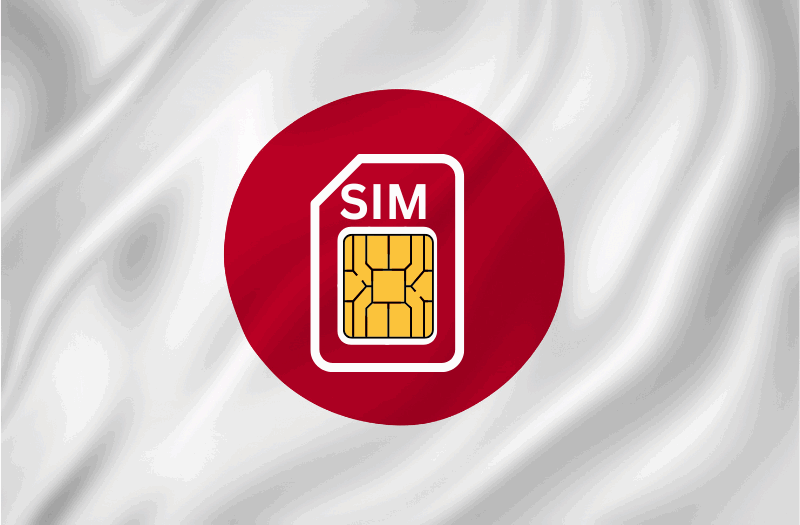You’ve planned the perfect Hakuba escape: luxury accommodation, private ski transfers, and even dinner reservations with a view. But one detail still lingers: how will you stay reliably connected?
It’s your first afternoon on the slopes. The snow is perfect, the kids are thrilled — and now it’s time to regroup, find a dinner spot, or check in with friends back home.
You reach for your phone… and nothing loads – no signal, no map, no messages.
That’s the reality.
Many travelers assume Japan’s connectivity is as automatic as though they were in their home country.
Japan is renowned for its technology — but when it comes to internet access, it isn’t always plug-and-play. If you’re expecting seamless roaming or dependable public wifi, you may be in for a surprise.
Whether you’re traveling with family or on a tight professional schedule, here’s how to stay reliably connected on your Japan Trip.
Understanding Internet Access in Japan
Japan’s mobile networks are among the most advanced in the world — fast, stable, and widely available, with excellent coverage even in remote or regional areas.
Despite having world-class mobile networks, international travelers often struggle to find reliable wifi options.
There’s no universal “tourist plan,” and most mobile providers in Japan don’t offer on-the-spot activation. Public wifi is available in airports and major cities, but it’s rarely dependable and often requires you to sign in with your email address. This can be a challenge, especially in resort towns or rural areas like Hakuba.
In short, the network infrastructure is excellent, but accessing it requires a little planning.
The good news? There are multiple ways to get reliable, high-speed internet in Japan while traveling. The key is choosing the option that fits your group, your devices, and your travel style.
Your Best Options for Staying Connected in Japan
1. eSIMs: Seamless, Smart, and Perfect for Newer Devices
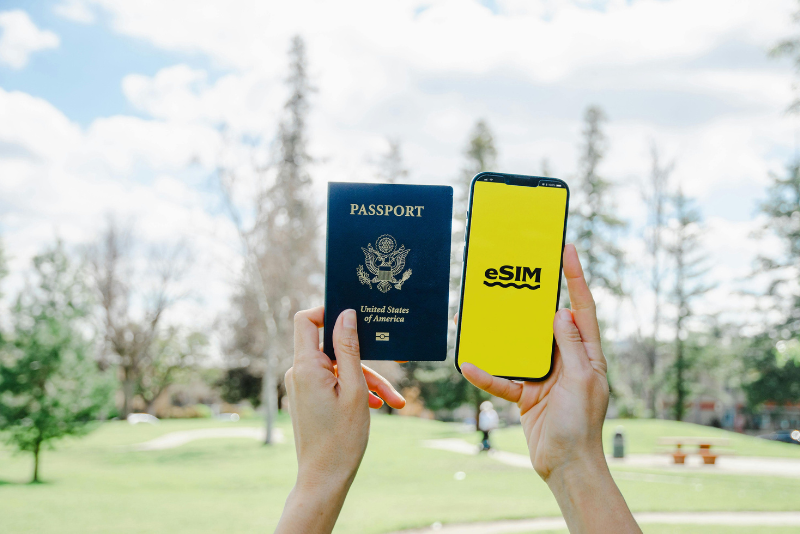
If your phone supports eSIMs — as most recent iPhones and flagship Android models do — this is the most convenient option.
eSIMs work by using an embedded digital SIM built directly into your device. With a digital SIM, you can easily switch between different cellular plans without swapping physical cards.
To activate your eSIM, you typically scan a QR code and follow the activation instructions provided by your provider.
You may also need to adjust your device settings to complete activation. Many providers let you select an activation date, so your cellular plan starts exactly when you need it. Setup takes minutes, often without needing to remove your current SIM.
- Best for: Solo travelers, couples, or professionals with newer smartphones
- Why it works: No extra devices to carry, instant activation, and plans tailored for short-term travel in Japan
- Watch for: Compatibility (not all phones support eSIMs) and activation timing — some must be installed before you arrive in Japan.
Japan eSim:
- Mobal eSIM
- Saily eSIM
- Ubigi eSIM
Our concierge can assist in recommending reliable eSIM providers or guiding you through setup during check-in.
2. Roaming: Convenient, But Know Your Carrier
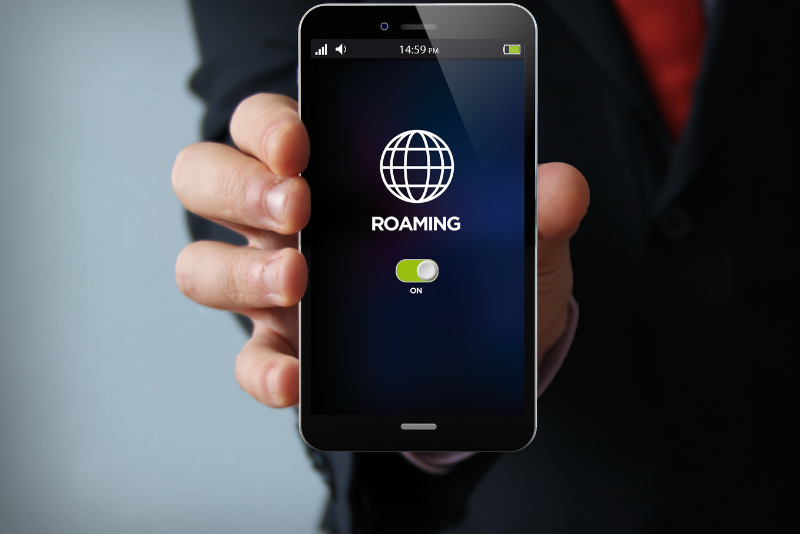 Roaming with your existing provider can be the easiest solution — if you’ve checked the fine print. Many carriers now offer international day passes or capped roaming rates, especially in partnership with Japanese networks.
Roaming with your existing provider can be the easiest solution — if you’ve checked the fine print. Many carriers now offer international day passes or capped roaming rates, especially in partnership with Japanese networks.
- Best for: Short stays, business travelers, or guests who need their home number active but can’t use an eSIM
- Why it works: Nothing new to buy or configure
- Watch for: High roaming charges and roaming fees, which can be significantly higher than using a local SIM or eSIM. Data roaming may also be subject to speed or usage limits after a daily threshold is met.
It’s a simple option for those who value minimal setup, especially if staying in Japan for just a few days.
3. Pocket wifi: Ideal for Families or Device-Heavy Groups
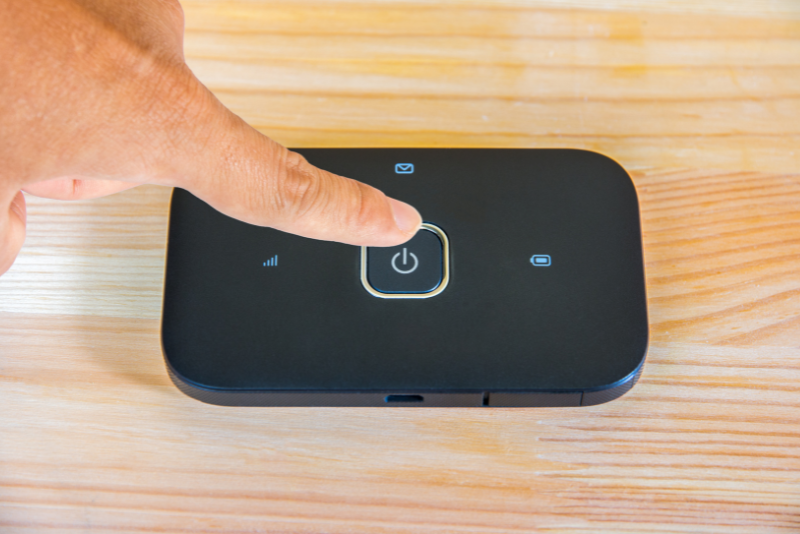
Pocket wifi (also known as mobile wifi) is a small, rechargeable device that provides wireless internet access for multiple users simultaneously. It’s perfect for families with kids using tablets, or couples carrying laptops, phones, and smartwatches.
- Best for: Families, groups, or guests with several devices
- Why it works: One device supports multiple users, often with unlimited data
- Watch for: The need to carry, charge, and safeguard an additional device
Japan Pocket wifi:
- Mobal Pocket wifi
- Japan Wireless Pocket wifi
- Sakura Mobile Pocket wifi
Many services will deliver directly to your accommodation — and we’re happy to have it waiting in your suite upon arrival.
4. Physical SIM Cards: A Familiar Option, With Some Caveats
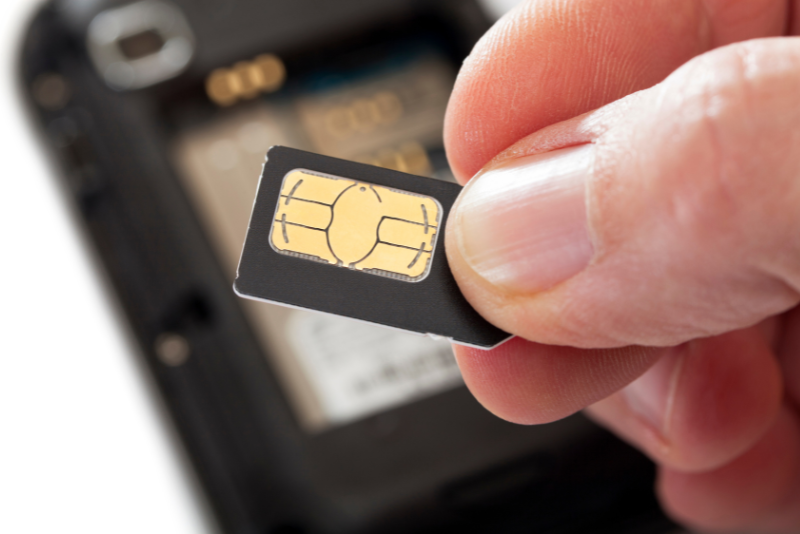 Physical SIMs are still available for travelers whose phones don’t support eSIM — and they work well if you’re comfortable swapping them in and out.
Physical SIMs are still available for travelers whose phones don’t support eSIM — and they work well if you’re comfortable swapping them in and out.
To use a physical SIM card, you will need to insert it into your phone’s SIM tray; a SIM pin may be included in the package for easy installation.
Prepaid SIM and data-only SIM cards are available for travelers who want affordable data without a local phone number. They’re typically sold at major airports or can be delivered to your hotel.
- Best for: Travelers with older phones or who prefer a physical SIM card
- Why it works: Can offer good value and high data allowances for tourists in Japan
- Watch for: Manual setup, limited support in English, and risk of losing your home SIM
Japan SIM Cards:
- Sakura Mobile SIM Card
- Mobal Data Only SIM Card
- Japan Wireless SIM Card
What We Recommend for Hakuba Guests
There’s no single “best” way to get internet in Japan — just the one that suits how you travel. That said, based on our guests’ experiences:
- eSIMs: Ideal for tech-savvy individuals or couples with newer phones
- Pocket wifi: Excellent for families or groups who want shared access
- Roaming: Works well for short stays or business-focused travel
All of these options provide reliable connectivity and excellent service, with customer support available if you need assistance.
You can easily purchase SIM cards, eSIMs, or pocket wifi online before your trip.
We don’t recommend relying on public wifi in Japan — especially in rural or resort areas like Hakuba. It’s often slow, unsecured, and unreliable when you need it most.
While our property offers high-speed, secure wifi throughout the hotel, having coverage for your transfers, tours, or ski outings adds peace of mind — and convenience.
These solutions offer great value for money, with no hidden fees, and contribute to hassle-free travel.
Final Tips Before You Travel
- ✅ Check your device — make sure your mobile phone or mobile phones are eSIM compatible for use in Japan
- ✅ Set up before arrival — both eSIMs and pocket wifi are best arranged in advance to ensure a reliable internet connection and stay online throughout your trip
- ✅ Review your travel plans — estimate how much data you’ll need based on your itinerary; heavy users who stream or upload content should consider higher data allowances
- ✅ Choose the right data plan — select a data plan that matches your expected mobile data usage and device needs for uninterrupted connectivity
- ✅ Know your journey — consider if you’ll need internet from the airport, on the train, or during village excursions to maintain a strong internet connection
- ✅ Bring a SIM card case — if using a physical SIM, store your original securely
- ✅ Travel tips — check government travel resources and prepare for connectivity in remote areas to avoid surprises
- ✅ Reach out — our concierge team is here to help arrange any of the above before or during your stay
Staying connected during your Japan trip doesn’t have to be a hassle — a little planning ensures everything runs smoothly, from the slopes to the Shinkansen.
Frequently Asked Questions (FAQ)
What’s the best SIM card for travel in Japan?
For most travelers with modern phones, a prepaid SIM card or eSIM is the easiest and most reliable choice. Prepaid SIM cards are highly recommended for their convenience, flexibility, and cost savings, making them ideal for use in Hakuba and other popular destinations across Japan.
Before purchasing, be sure to review the product details to ensure your SIM card or eSIM plan covers all the locations you plan to visit and meets your data needs.
Can I use eSIM in Japan with my phone?
Yes — if your phone is eSIM-compatible and unlocked. Most recent iPhones and flagship Android models support eSIM technology. There are various eSIM options available for Japan, allowing travelers to choose the best plan for their needs. An eSIM is an embedded SIM, also known as a digital SIM, which is built into your device and makes activation easy without needing a physical SIM card.
Is pocket wifi better than a SIM card in Japan?
If you’re traveling as a family or group, pocket wifi is more cost-effective and convenient. Pocket wifi provides a shared internet connection, allowing one device to connect multiple users — perfect for shared data needs. Alternatively, data-only SIM cards are a good option for those who only need internet connection on their own devices, offering reliable access without a phone number.
Does Hakuba have good wifi?
Our properties offer fast, secure wifi throughout. While public wifi in Hakuba and surrounding towns can be inconsistent, the local network infrastructure—supported by major providers like NTT Docomo—ensures good coverage and reliable connectivity.
Hakuba’s resorts offer free wifi inside their facilities, but no coverage on the slopes.


